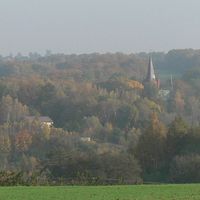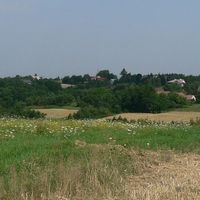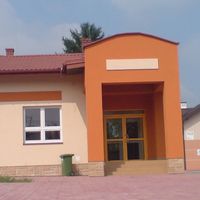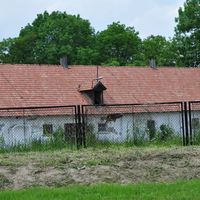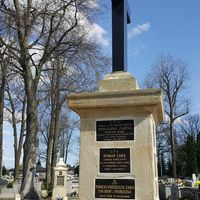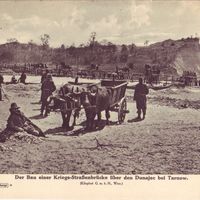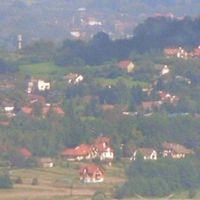Tarnow
6.74
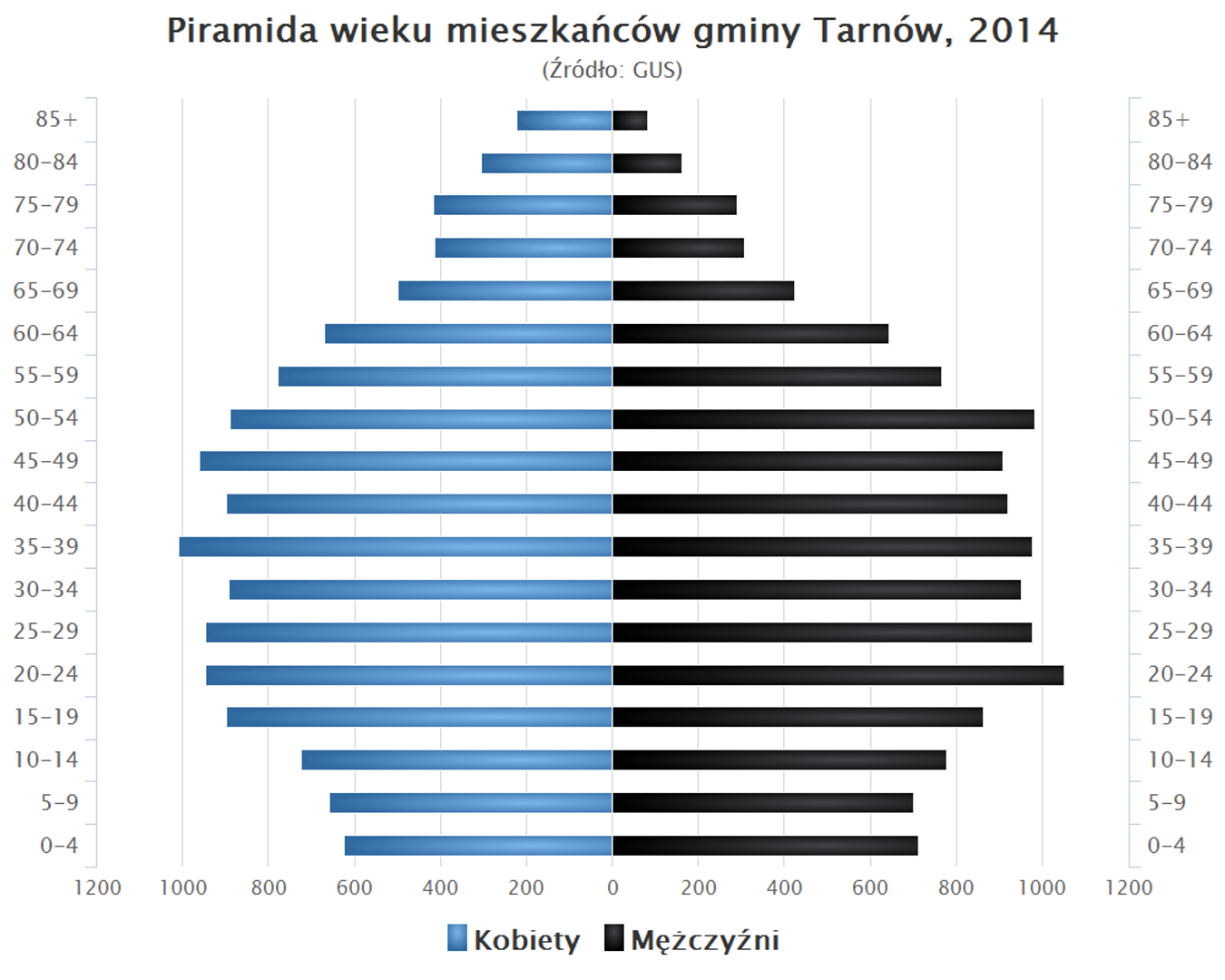
Overview
The Tarnów Commune, located in the Lesser Poland Voivodeship, within the Tarnowski County, encompasses 14 localities and 15 village administrative districts (sołectwa), including Zbylitowska Góra, Poręba Radlna, and Koszyce. The commune's boundaries are shaped by a diverse landscape – the southern part is dominated by the terrain of the Carpathian Foothills, while the northern area consists of the plains of the Sandomierz Basin. The commune borders, among others, the city of Tarnów and the communes of Czarna, Lisia Góra, and Wojnicz.
Architecturally, the Tarnów Commune boasts numerous religious monuments, including the wooden Church of St. Martin in Zawada, dating back to the 15th century, and the neo-Gothic church in Poręba Radlna from the early 20th century. Classicism manors are also significant features, such as the manor houses in Zbylitowska Góra and Zgłobice, surrounded by picturesque parks. The commune also holds war cemeteries commemorating the tragic events of World War I and World War II, and the rectory in Zbylitowska Góra, which echoes the region's religious history.
Tarnów is not only a place rich in traces of the past but also an area of cultural significance, bearing witness to the history of Polish settlement since the early Middle Ages. Numerous archaeological sites are found here; for example, an early medieval stronghold was discovered in Zawada, and the original settlement of Tarnów Mały in Tarnowiec. The commune also has a developed transport network: 10 bus lines operate here, including the Municipal Public Transport, facilitating travel for both residents and tourists.
An interesting fact is that the area is home to the medieval castle of the Leliwita Tarnowski family, with ruins on St. Martin's Hill, attesting to the region's rich history. The wide range of architectural styles, from Gothic to Classicism, gives the Tarnów Commune its unique character and cultural value, making it an important point on the map of Lesser Poland.
Location
2025 Wizytor | All Rights Reserved
